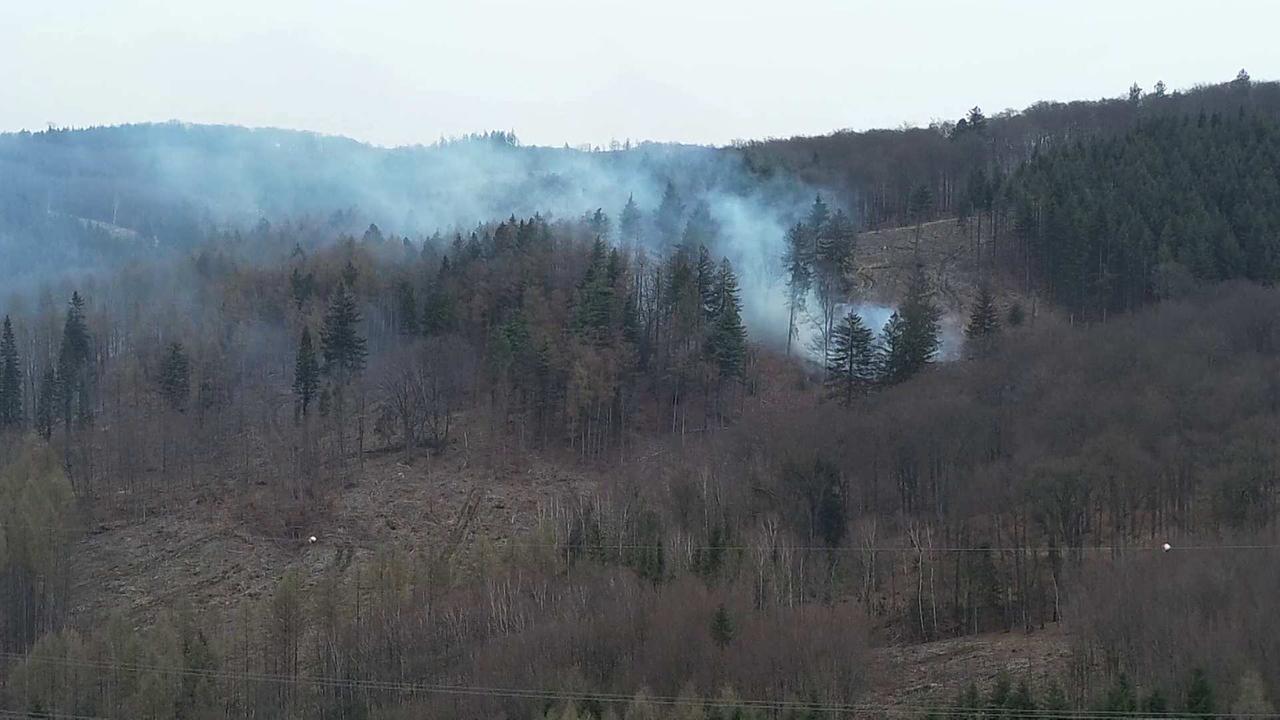Arnsberg: Waldbrand fordert Großeinsatz der Feuerwehr in NRW
A major forest fire in Arnsberg, North Rhine-Westphalia (NRW), has demanded a significant response from the fire department. The incident, which broke out on [Date of Incident], highlights the increasing risk of wildfires in Germany due to prolonged periods of dry weather and high temperatures. This article provides updates on the situation, the firefighting efforts, and the potential causes of the blaze.
Extent of the Fire and Firefighter Response
The wildfire, located in the [Specific Location within Arnsberg] area, quickly spread due to [mention specific factors like wind conditions, dry undergrowth]. At its peak, the fire covered an estimated [Size of affected area] hectares of woodland. Firefighters from multiple stations across NRW were deployed, including [mention specific fire stations or units involved if known]. The operation involved [number] firefighters, supported by [mention equipment used, e.g., helicopters, water tankers].
Challenges Faced by Emergency Services
The challenging terrain and the intensity of the fire presented significant obstacles for the emergency services. Specifically:
- Difficult Access: Reaching the fire's epicenter proved difficult due to the dense forest and uneven ground.
- Water Supply: Ensuring a consistent water supply to combat the blaze required a coordinated effort, potentially involving water tankers and helicopters.
- Extreme Heat and Exhaustion: The high temperatures posed a significant risk to the firefighters' health and wellbeing.
Potential Causes and Ongoing Investigation
The exact cause of the fire is currently under investigation. However, [mention potential causes based on available information, e.g., discarded cigarette, unattended campfire, suspected arson]. The authorities are urging the public to exercise extreme caution in forested areas during periods of dry weather and to adhere strictly to fire safety regulations.
Prevention and Safety Measures
The Arnsberg fire serves as a stark reminder of the importance of forest fire prevention. To minimize the risk of future incidents, the following measures are recommended:
- Avoid open fires: Refrain from lighting bonfires or barbecues in forested areas, especially during dry conditions.
- Dispose of cigarettes carefully: Ensure cigarette butts are completely extinguished before disposal.
- Be mindful of glass: Broken glass can magnify sunlight and ignite dry vegetation.
- Report suspicious activity: Immediately contact the authorities if you notice any suspicious behavior or unattended fires.
Impact and Aftermath
The fire has resulted in [mention any damage, e.g., destruction of trees, disruption to local infrastructure]. Authorities are assessing the full extent of the environmental damage and the long-term impact on the ecosystem. The cleanup operation is expected to take [estimated duration].
Support and Recovery
[Mention any support efforts for affected residents or local businesses, and links to relevant organizations].
Conclusion: A Call for Vigilance
The Arnsberg forest fire underscores the vulnerability of our forests to wildfire during periods of dry weather. Increased vigilance and responsible behavior are crucial to prevent such incidents in the future. Let's work together to protect our valuable natural resources.
Keywords: Arnsberg, Waldbrand, Feuerwehr, NRW, North Rhine-Westphalia, forest fire, wildfire, firefighting, Germany, emergency services, fire safety, environmental damage, prevention, safety measures, investigation, [Date of Incident], [Specific Location within Arnsberg]
Internal Links (Example - replace with actual links if available):
- Link to NRW fire department website
- Link to Arnsberg city website
- Link to a related article on forest fire prevention in Germany
External Links (Example - replace with actual links if available):
- Link to German meteorological service (DWD)
- Link to relevant news agency reporting on the incident.
This article is optimized for search engines by incorporating relevant keywords naturally within the text, using descriptive headings, and including internal and external links. Remember to update the bracketed information with accurate details as they become available.
